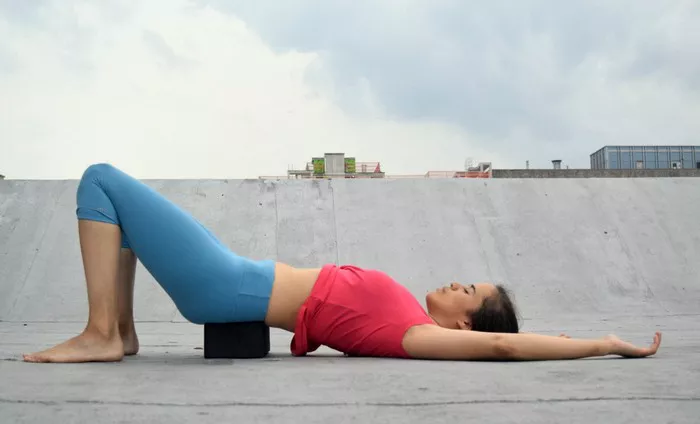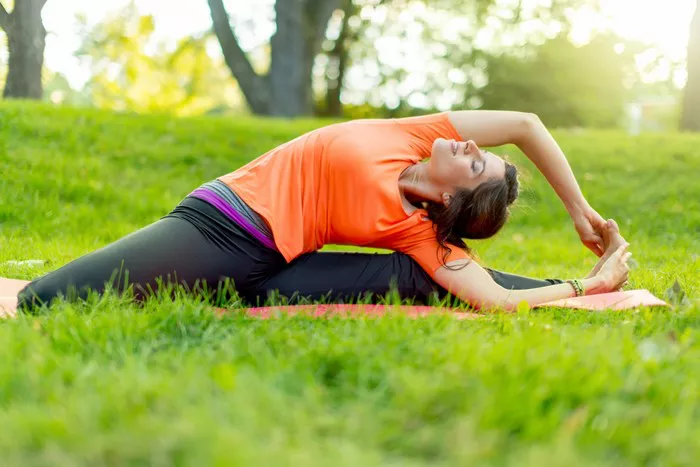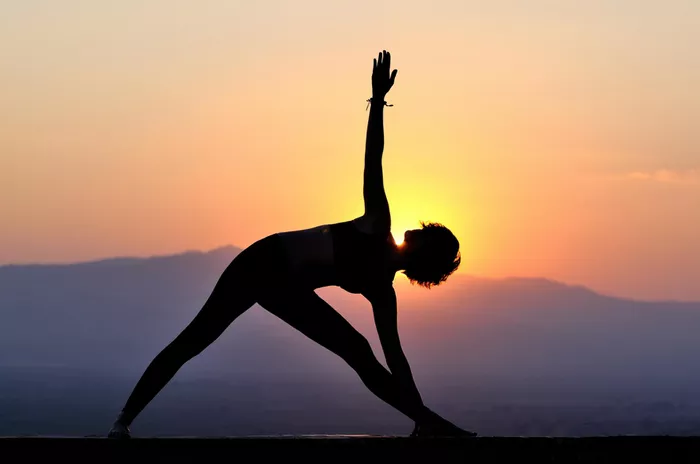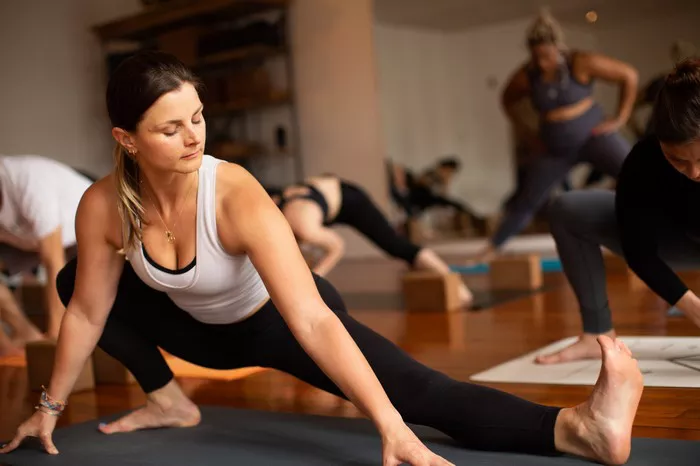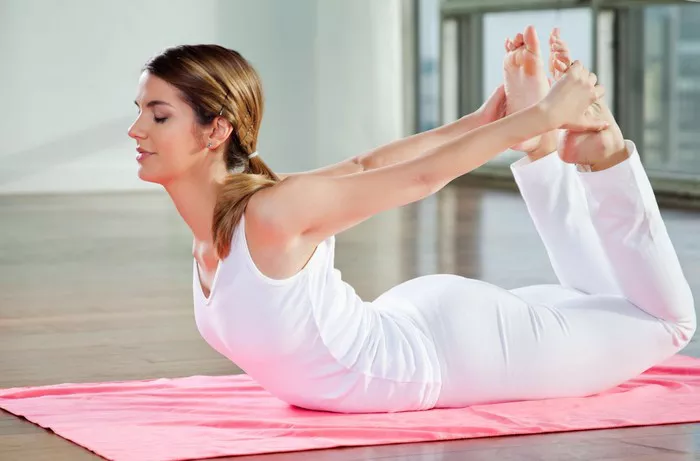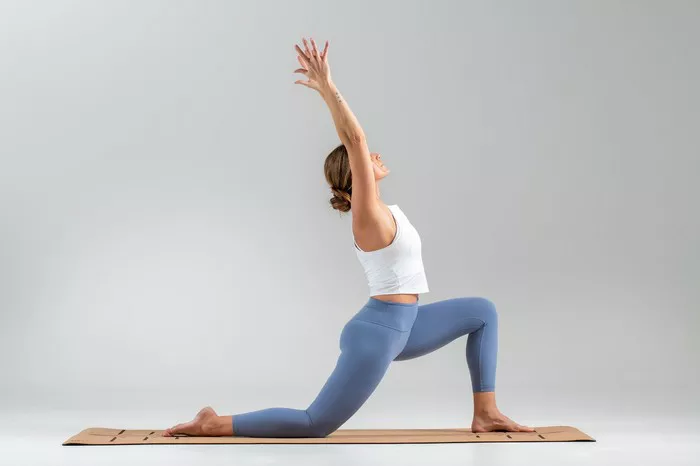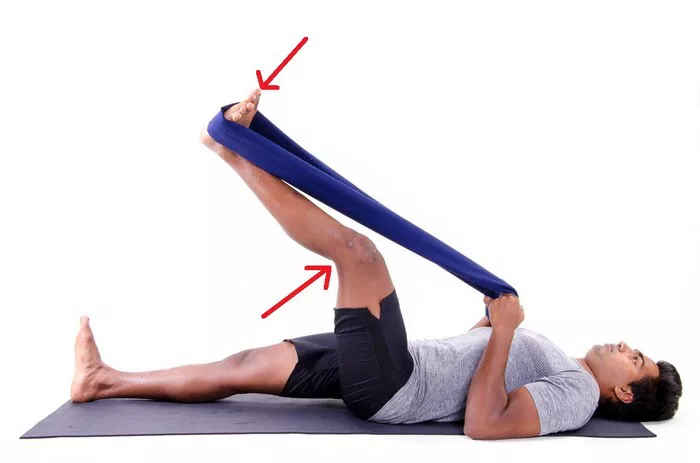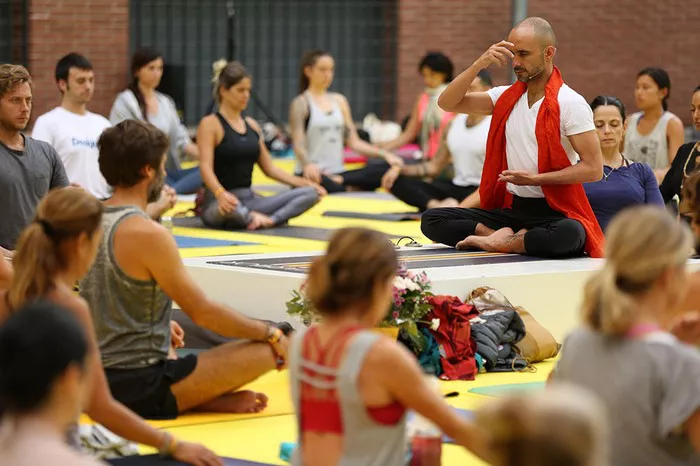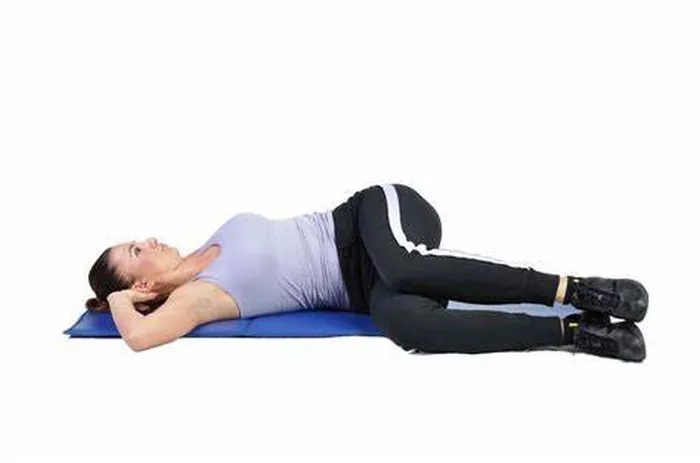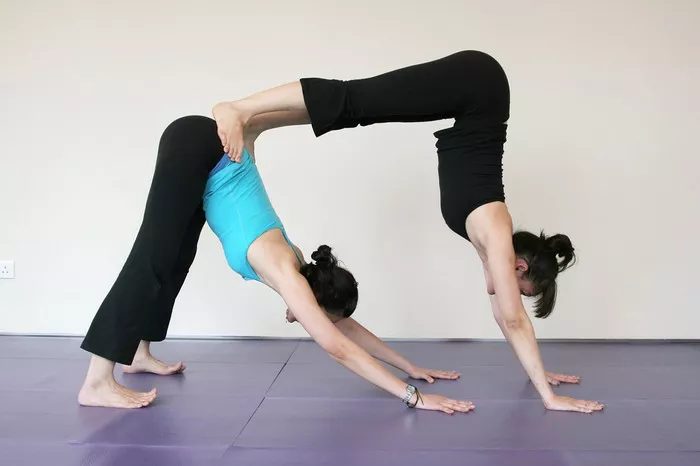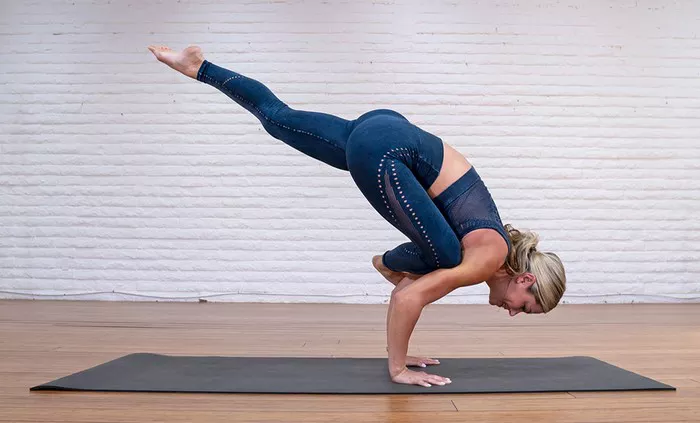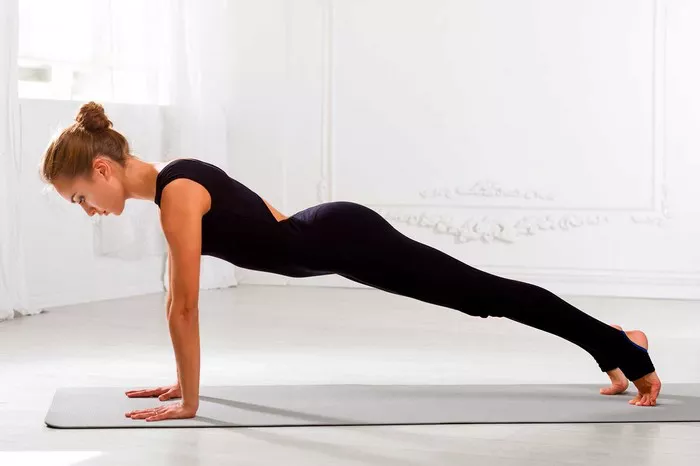Heart health is a growing concern across the globe, especially with increasing stress, sedentary lifestyles, and poor dietary habits. Cardiovascular diseases have become one of the leading causes of mortality. However, incorporating yoga into daily life has shown tremendous potential in promoting heart health. This ancient practice not only strengthens the body but also calms the mind and reduces stress. In this guide, we will explore the eight best yoga poses beneficial for heart patients, discuss their advantages, and provide tips on how to practice them safely.
Why Yoga is Good for Heart Patients
Yoga is not just a physical exercise; it is a holistic approach to well-being. It combines physical postures (asanas), breathing techniques (pranayama), and meditation, all of which contribute to improved cardiovascular health. For heart patients, yoga can help in the following ways:
- Lowers blood pressure
- Reduces stress and anxiety
- Improves circulation
- Enhances lung capacity
- Promotes weight loss
- Encourages mindfulness and emotional balance
Several studies have shown that yoga can significantly reduce the risk factors associated with heart disease. With regular practice, patients can experience improved heart rate variability and lower levels of inflammatory markers.
Precautions Before Practicing Yoga
Before starting any yoga routine, especially for individuals with a heart condition, it is essential to take certain precautions. Always consult a healthcare provider or a certified yoga therapist before beginning a new regimen. Here are some general guidelines:
- Avoid strenuous poses or intense stretches.
- Begin with simple breathing exercises and gentle movements.
- Do not practice on a full stomach.
- Monitor your heart rate and stop if you feel dizzy or short of breath.
- Ensure a calm and safe environment for practice.
Listening to your body is crucial. Progress slowly and do not push beyond comfort. Yoga should be a tool for healing, not a cause of stress or strain.
1. Tadasana (Mountain Pose)
Tadasana, or the Mountain Pose, is a foundational yoga posture that improves posture and balance. Though it looks simple, it requires active engagement of the muscles and awareness of the breath.
How to Perform:
- Stand upright with feet together.
- Distribute your weight evenly on both feet.
- Stretch your arms upward, palms facing each other.
- Inhale deeply and lengthen your spine.
- Hold for 30 seconds to 1 minute, breathing steadily.
Benefits:
- Improves circulation
- Enhances respiratory efficiency
- Reduces tension and stress
- Promotes awareness and calmness
2. Vrikshasana (Tree Pose)
Vrikshasana helps in enhancing balance and focus. For heart patients, it encourages a calm mind and stable breathing, essential for heart rate regulation.
How to Perform:
- Stand straight and shift weight onto one foot.
- Place the sole of the opposite foot on the inner thigh.
- Join palms in front of the chest or stretch them overhead.
- Focus on a fixed point to maintain balance.
- Hold for 30 seconds and repeat with the other leg.
Benefits:
- Improves balance and posture
- Calms the nervous system
- Strengthens leg and core muscles
- Encourages mental clarity
3. Bhujangasana (Cobra Pose)
Bhujangasana is a gentle backbend that opens the chest and enhances heart and lung capacity. It stimulates abdominal organs and reduces stress.
How to Perform:
- Lie on your stomach with palms under shoulders.
- Inhale and lift your chest off the floor, keeping elbows bent.
- Look upward without straining the neck.
- Hold the pose for 15 to 30 seconds.
- Exhale and return to the starting position.
Benefits:
- Strengthens the spine
- Opens the heart and lungs
- Improves oxygen intake
- Relieves fatigue and stress
4. Setu Bandhasana (Bridge Pose)
Setu Bandhasana is highly beneficial for cardiovascular health as it gently massages the heart and stimulates thyroid glands.
How to Perform:
- Lie on your back with knees bent and feet flat.
- Keep arms by your sides, palms down.
- Inhale and lift your hips towards the ceiling.
- Hold for 30 seconds, breathing normally.
- Exhale and slowly come down.
Benefits:
- Opens the chest and lungs
- Strengthens the back and hips
- Improves digestion
- Reduces anxiety and fatigue
5. Baddha Konasana (Butterfly Pose)
This seated posture is excellent for relaxation and improved circulation, especially in the pelvic and lower abdominal region.
How to Perform:
- Sit with legs stretched out.
- Bend knees and join soles of the feet together.
- Hold feet with your hands and gently move knees up and down.
- Keep your spine straight.
- Practice for 1 to 2 minutes.
Benefits:
- Improves blood circulation
- Stimulates heart and abdominal organs
- Alleviates stress and fatigue
- Promotes flexibility in the hips
6. Shavasana (Corpse Pose)
Shavasana is a deep relaxation pose that allows the body and mind to rest and rejuvenate. It plays a critical role in managing heart conditions by reducing stress hormones.
How to Perform:
- Lie flat on your back with legs slightly apart.
- Keep arms at the sides, palms facing upward.
- Close your eyes and breathe naturally.
- Focus on your breath and relax each part of your body.
- Remain in this position for 5 to 10 minutes.
Benefits:
- Reduces heart rate and blood pressure
- Calms the nervous system
- Encourages mental clarity
- Enhances overall well-being
7. Anulom Vilom (Alternate Nostril Breathing)
This pranayama technique balances the body’s energy channels and has a significant positive effect on the cardiovascular system.
How to Perform:
- Sit in a comfortable cross-legged position.
- Close the right nostril with your thumb.
- Inhale through the left nostril.
- Close the left nostril with the ring finger, release the right and exhale.
- Repeat for 5 to 10 minutes.
Benefits:
- Balances the nervous system
- Lowers blood pressure
- Reduces stress and anxiety
- Enhances lung function
8. Sukhasana (Easy Pose) with Meditation
Combining Sukhasana with meditation creates a powerful tool for mental and emotional balance, which is essential for heart health.
How to Perform:
- Sit cross-legged with a straight spine.
- Rest hands on knees or in a mudra.
- Close your eyes and take deep breaths.
- Focus on a mantra or your breath.
- Meditate for 10 to 15 minutes.
Benefits:
- Promotes inner peace and calm
- Reduces cortisol levels
- Supports emotional well-being
- Helps in controlling hypertension
Conclusion
For heart patients, yoga offers a gentle yet effective means to improve overall cardiovascular health. It is important to adopt a consistent practice, stay within your limits, and consult with healthcare professionals when necessary. These eight yoga poses and practices are simple, safe, and highly beneficial when done correctly. They not only address the physical aspects of heart health but also promote mental and emotional well-being.
FAQs
1. Can yoga cure heart disease completely?
No, yoga cannot cure heart disease, but it can significantly improve heart health and reduce risk factors when combined with proper medication, diet, and lifestyle changes.
2. How often should a heart patient practice yoga?
Practicing yoga 4 to 5 times a week for 30 to 60 minutes is beneficial. However, the frequency and intensity should be based on individual health conditions and doctor’s advice.
3. Is it safe to do yoga after heart surgery?
Yes, but only after getting clearance from your cardiologist. Begin with gentle poses and under the supervision of a trained yoga therapist.
4. Are there any yoga poses that heart patients should avoid?
Yes, avoid poses that involve intense backbends, inversions, or those that put excessive pressure on the chest and abdomen. Always consult a qualified instructor.
5. Can yoga help reduce the need for heart medication?
In some cases, regular yoga practice may help reduce the dependency on medications by improving overall heart function and lowering blood pressure. However, never adjust medication without medical supervision.
6. What is the best time to practice yoga for heart health?
Early morning or early evening are ideal times to practice yoga, provided the stomach is empty and the environment is calm.
7. Can breathing exercises alone benefit the heart?
Yes, pranayama or breathing exercises can significantly benefit heart health by calming the nervous system, improving oxygenation, and reducing blood pressure.
Related Topics:

